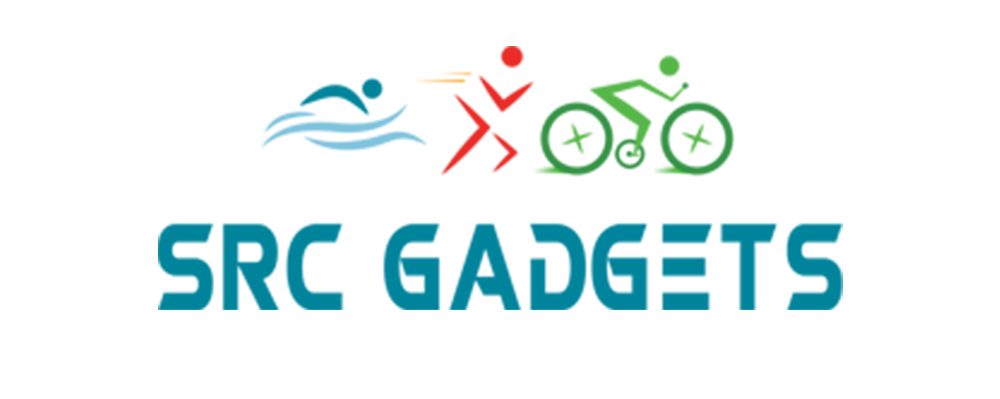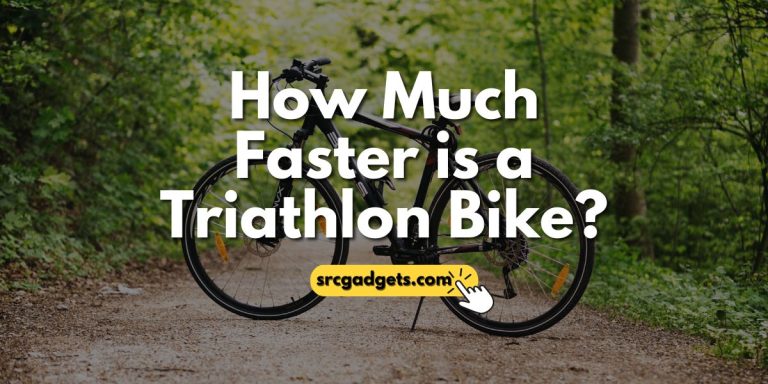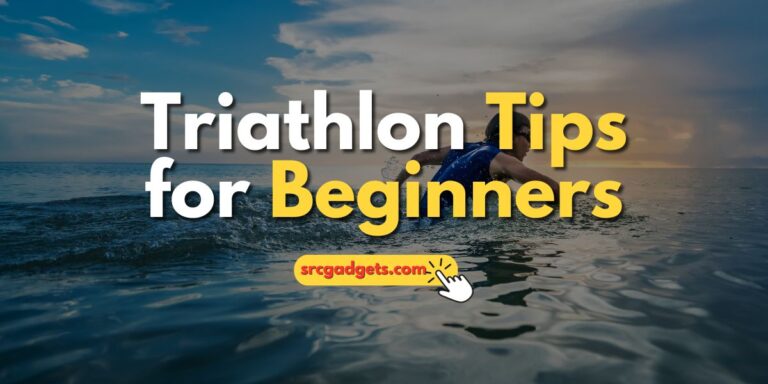How to Pace a Triathlon? A Step-by-Step Guide for Beginners
Triathlons are endurance sports, but they’re also about smart energy use. If you go too hard at the start, you might not have enough energy left for a strong finish. That’s why pacing a plan for how fast you go at different parts of the race is key to a triathlon.
It’s not just about going fast; it’s about going the right speed at the right time. Here’s the main thing to keep in mind: pacing is personal. It’s about knowing your own body, how it feels during the race, and what it can do. You need a plan that fits you and the specific race you’re in. With the right plan, you’ll be able to finish the race feeling strong and happy with your performance.
So, whether you’re tackling your first sprint distance or eyeing a full Ironman, this guide breaks down triathlon pacing fundamentals, like heart rate monitoring, discipline-specific pace plans, using technology like GPS and power meters, adapting to race day conditions, and reviewing past races to improve. With the right pacing plan, you can feel in control and reach your triathlon goals.
Pacing Fundamentals for Triathlons
The Role of Heart Rate in Pacing
Having a plan for your pace is important, but being flexible is key. Like water that shifts shape, you must be ready to adjust your pace as needed. If the weather turns hot or windy, or if the course has many hills, you might have to slow down or speed up from what you planned. Think of the race as a story with possible twists and turns. Stay prepared to adapt your speed to fit the changing conditions of the race.
When you’re in a triathlon, think of yourself as someone who can easily bend but not break. Sometimes, the weather is hotter than you expected, or the wind is stronger, or the hills are steeper. When this happens, you must listen to what your body needs. If it’s very hot, it’s okay to slow down a bit, drink more water, and make sure you don’t get too tired. Remember, the most important thing is to finish the race feeling good.
Heart Rate Monitoring for Triathlon Pacing
Keeping an eye on your heart rate is like finding the perfect middle speed for your race. You don’t want to go too fast and get tired early, or too slow and have to catch up later. Think of it as finding the just-right pace that isn’t too hard or too easy, kind of like how Goldilocks wanted her porridge. But, you have to remember that on the day of the race, you might feel extra excited, and this can make your heart rate jump up, even if you’re not pushing yourself too hard.
When you run a triathlon, think about your heart rate as your helper. It tells you if you re moving at a good pace. If your heart beats too quickly, you might be pushing too hard. If it beats too slowly, you might be able to go a bit faster. By looking at your heart rate, you can find the best pace to keep all through the race. It’s a bit like driving a car with a speedometer that helps you stay at the right speed, so you don’t run out of gas too soon or arrive too late.
Discipline-Specific Pacing Strategies
In a triathlon, the swimming, biking, and running parts each need their special pacing plan. Let’s take a closer look.
Swim Pacing Strategies
When swimming in a triathlon, it’s important to balance how hard you try. If you swim too fast, you’ll get too tired before the biking part. If you swim too slow, you’ll be behind and have to work harder later. It’s like dancing in the water you need to find a smooth and steady way to swim that fits how the water feels, whether it’s peaceful or rough.
Think of swimming as walking at a comfortable pace. You don’t want to rush and get tired quickly, but you also don’t want to walk too slowly and fall behind. The goal is to keep a steady and comfortable pace that feels right for you. It’s like walking with a friend not too fast that you can’t talk, but not so slow that it takes too long to get where you’re going. This way, you save energy for the biking and running parts of the race.
Pacing the Swim Leg
If you feel nervous about swimming, the beginning of the swim can feel scary. What should you do? Begin slowly, find a spot where you’re comfortable, and then swim at a steady speed that feels right for you. It’s like when you get into a pool on a cold day you don’t jump in all at once. You take it easy and go in bit by bit.
When you’re swimming in a triathlon, it’s like being part of a big water parade. You want to move smoothly and not rush. Imagine you are a fish, swimming at a speed that lets you breathe easily and look around. If you swim too fast, you might get tired and have a hard time later. If you swim too slowly, you’ll have to work harder to catch up. So, keep a pace that feels good and lets you enjoy the swim without getting too tired.
Tools and Technology for Pacing
Utilizing Tools for Optimal Pacing
Technology can help you keep the right speed in a race. Tools like GPS watches, power meters, and fitness trackers work like having a teacher on your arm. They show you how fast you’re going and help you keep the best pace.
These tech tools are not just cool gadgets; they’re super helpful for your race. They can tell you how fast your heart is beating or how hard your legs are working. With this info, you can make sure you’re not going too fast or too slow. It’s like they’re friends who whisper to you, “Hey, slow down” or “You can go a bit faster.” By using these tools, you can run, swim, or bike just right and finish the race feeling strong.
The Importance of Power Meters
Attention all bike riders! Power meters are very helpful tools. They tell you how much work you’re doing in a measurement called watts. This information is given to you right away, while you are riding. It’s as if you have a gauge that shows how much energy your body is using. This helps you keep a constant and even pace from the beginning to the end of your ride.
Power meters are really important for anyone riding a bike in a triathlon. They help you see if you’re using too much energy or not enough. By looking at the watts on the power meter, you can keep a good, even pace. This means you won’t get too tired too soon, and you’ll have enough energy to finish the race well. It’s like having a smart friend with you who tells you when to go faster or when to save your energy for later.
Adjust Pacing to Race Day Conditions
Adapting to Weather and Course Specifics
Having a pacing plan is a good start, but you can t always stick to it. You need to be ready to change if you have to. If it s hot, very windy, or there are a lot of hills, you might need to slow down or speed up. It s like reading a book and not knowing what will happen next. You need to be ready to change your speed to fit the story of the day.
It s important to have a plan for how fast you ll go in the race, but sometimes, things change. If the sun is blazing down, the wind is pushing hard, or the hills are tough, you might have to adjust your plan. Think of it as playing a game where the rules change sometimes. To finish the race well without being too tired, you have to be smart and change how fast you go.
Heat Management
When you race in hot weather, it’s like turning up the heat when you cook you can get too hot quickly. Make sure to go a bit slower, drink plenty of water, and cool yourself down. This helps you control your body’s heat so you can keep going without trouble.
Think about a hot summer day when you try to stay cool. In a race, when it s hot, you have to do the same. Don t rush, take it easy.
Remember to drink water often and consider splashing some over your head if possible. It’s like providing your body with a mini fan to stay cool while you’re on the move. Staying cool is crucial because overheating can prevent you from finishing your race at your best.
Post-Race Analysis and Pacing Adjustments
Learning from Past Performances
After the race, think of yourself as a detective. Look closely at how you did. Ask yourself: Where did I go slower? Where did I do well? It s like looking at your own story where you are the main character and the writer, and you want to make the next story even better.
Think about what you learned from the race. What worked and what didn’t? Take notes on this. Next time, you can use what you learned to do better. It’s like playing a game and getting better each time. Every race is a chance to learn and get stronger for the next one.
Conclusion
Having a smart pacing plan is very important for doing well in a triathlon. To sum up, you need to check your heart rate to find the right effort level, make different speed plans for swimming, biking, and running, use tools like GPS and power meters, change your plan for the weather and course on race day, and look back at your races to improve.
Pacing yourself wisely helps you avoid getting overly tired or hitting a wall so you can finish knowing you tried your best. Now that you know the order of a triathlon, it’s time to make your plan, practice it consistently, and race your hardest at your next triathlon.






